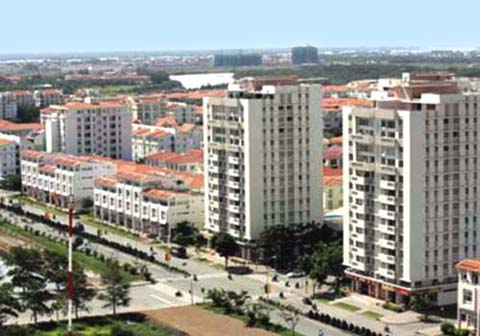VN at critical juncture of socio-economic development
VGP – Việt Nam ranked among the fastest growing economies in Asia and the world thanks to its Đổi mới strategy initiated in 1986 when the country decided to turn away from planned economy.
 |
|
Việt Nam is at critical juncture to indentify momentum for development in the next decade as the 2001-2010 socio-economic development strategy is about to end |
Between 1990 and 2009 Việt Nam’s annual growth dropped below 5% only once, and peaked at 9.5% in 1995.
Annual income per capita grew from less than US $100 in 1990 to about US $1,200 this year, while the poverty rate fell from 58% in 1993 to about 12% in 2009, said a report jointly released by the World Bank and the Việt Nam Academy of Social Sciences (VASS) last week.
PM Nguyễn Tấn Dũng, at a recent seminar, estimated that real per capita gross domestic product will rise to between US $3,000 and US $3,200 in 2020.
The development model, which is very much favored by African countries, helped Việt Nam to attain the position of an average income country.
However, the economy is largely depends on exploitation of natural resources and low quality labor force.
Việt Nam is developing a new strategy for socio-economic development for the period of 2011-2020 which outlines key breakthroughs in labor force training, infrastructure, legislation, State management, development gap between rural and urban areas, and other fields.
The Government said fast and sustainable development and proper political and economic renovation will prevail the strategy that targets an annual average GDP growth rate of 7-8% in the next decade.
Việt Nam is at a critical juncture in its economic and social development history, said the World Bank's country representative Victoria Kwakwa at last week’s seminar in Hà Nội.
The country faces fierce challenges if it wants to avoid being trapped as a middle-income nation, said Mr. Đỗ Hoài Nam, VASS President.
"Many countries have been reaching the middle income status from lower levels, but very few countries (succeeded) in moving to high income," according to a study by the VASS.
Over the next decade and beyond, Việt Nam could either further accelerate its economic and social development to become a prosperous industrializing society, or it could face "stagnation on both economic and social developments fronts", the World Bank's Kwakwa said.
By Hải Minh
